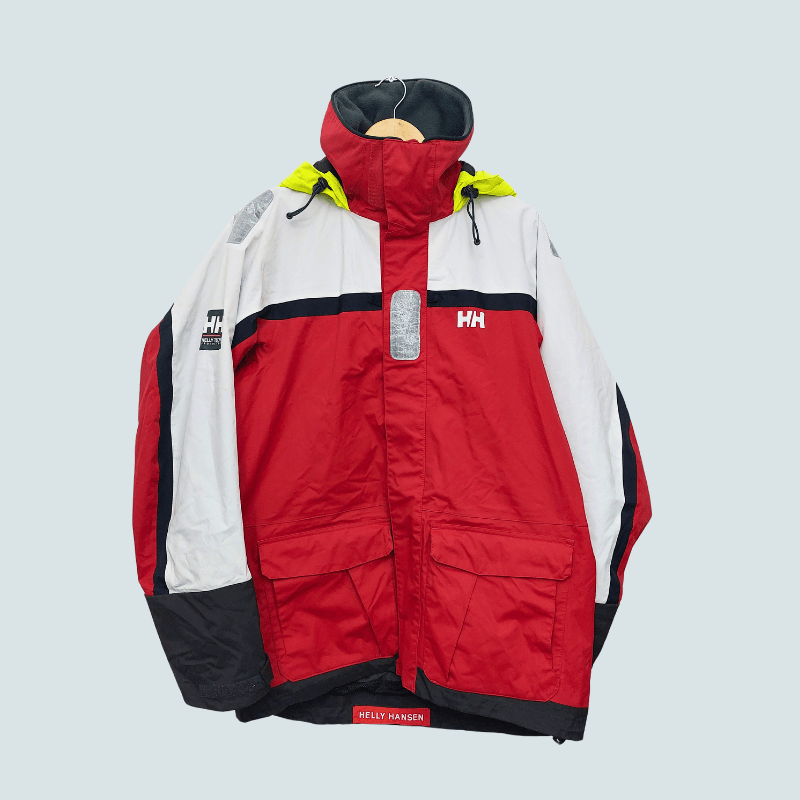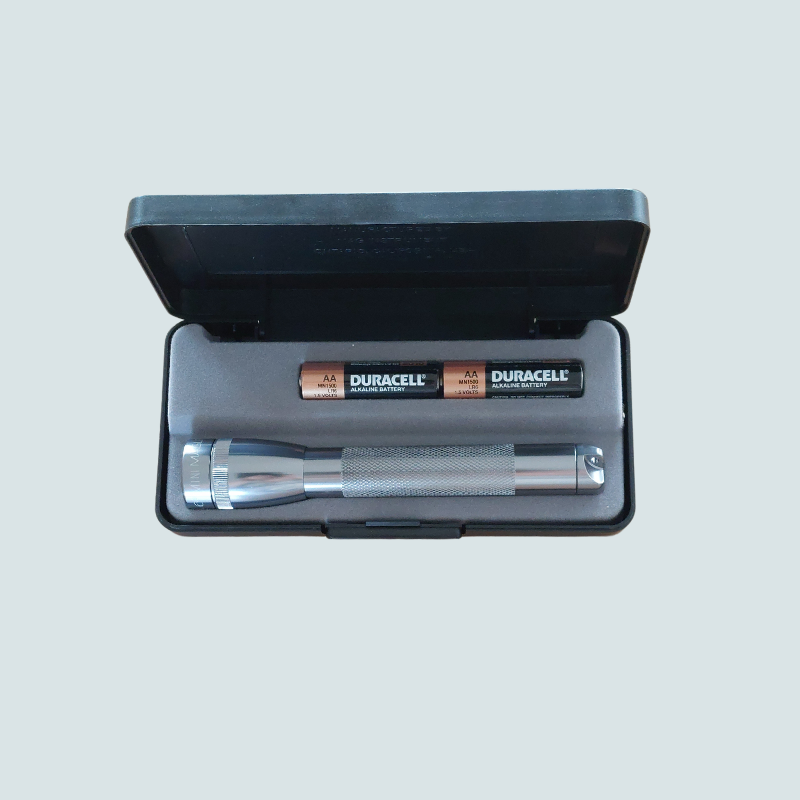What does second hand mean?
Second hand just describes an item that was previously used (bought new) and loved by someone else, and is now looking for a new home.
The earliest known use of the word “second hand” was in the Middle Ages in England, the period 1150—1500. Second hand is formed within English by compounding “second” adjective and “hand” a noun, and it means an item that is acquired (bought or gifted i.e. hand-me-downs) after being used by another person. I guess if you think of “first hand” as being when an item is new.
Historically, buying second hand clothing was often associated with consumers who could not afford to buy something new, or just did not have the disposable income to go out for example and buy some of the higher priced specialist clothing and equipment and waited until they could buy the item second hand for a lower price.
High expectations mean a higher price
If you think of the demands made on clothes and equipment when outdoors from tough weather conditions to unforgiving environments (think of sharp rocks, bushes, thorns, etc.), they do need materials with specialist treatment i.e. brands such as Gore-Tex, Windstopper or the myriad of other manufacturers that produce materials that are scratch, water or wind resistant – there is an investment on the part of these outdoor brands on research & development, testing, etc., all of which needs to be recovered in the cost of the items that they sell for new.
Plus, these brands obviously want to make a profit and price is often associated with quality, you don’t hear many marketing messages touting how good quality an item is and how cheap – the two don’t normally go together.



Changes in the second hand market
Fast forward to 2024 and today there is a growing interest in buying and selling second hand items. There is certainly less resistance from the Gen-Z consumers as they appear to be far more open minded to buying something second hand.
It could be that older generations are still a little turned off by the perception that an item has been used or being associated with having to buy from a charity shop (non-profit) where the vast majority of second hand items are sold in the high street.
The transition to a 24 / 7 digital world, where consumers are as much at home now buying online, using apps as well as trawling the high street has opened up the second hand market to both buyers and sellers.
It’s easy now to sell using online market places such as Blocket, Vinted, Sellpy, Tradera to name just a few, which has at the same time provided a level of normality to buying second hand clothes. With Gen Z it is probably more of a question of … Why not!
And now among conventional retailers whose business models primarily rely on the sale of new products (e.g., Zalando and IKEA) they are also tapping into the second hand market with their own offering. The Swedish resale site Sellpy’s expansion to new markets and investment in technology was made possible by its strategic partnership with H&M.



So why all of a sudden is second hand more popular?
- Second hand clothing or equipment is a sustainable option for those who care for the environment because as opposed to an item ending up as waste in a landfill site, it is being reused.
- Sustainability as a motivating factor has grown in its influence on how consumers buy.
- With the rise of ultra-cheap fast fashion brands, there has been a glut of clothing destined for the landfill thrown away by consumers.
- The circular economy is fuelled by second hand consumption shifting consumption away from new products to already existing products.
- Second hand items are cheaper than new, and allow consumers to upgrade the quality of the item they were looking to buy – now they can afford to buy brands which were out of their budget when new.
- Plus many branded items that come from a reputable brand tend to have been made with longevity in mind i.e. the raw materials and manufacturing are better so the items have a longer life.
- By reusing the item it lessens the environmental impact, reducing the use of resources to manufacture a new item and fuels the circular economy.
What is a circular economy?
At NORDISK PREPPER we are keen to promote a circular economy, by reusing and recycling materials instead of throwing them away. In this way, we save both money and the environment. Together as a company and with our customers we can extend the life of more clothing and equipment – so that they can be used and reused.
So, what do we mean by a circular economy? For the older generation, i.e. somebody like me, we had an early and now forgotten introduction to a circular economy and that was through milk bottles. Glass milk bottles were collected, cleaned, and refilled by dairy companies, reducing the need for single-use containers. We even had, way back in time a person that came around the area, very early in the morning in a battery powered milk float (think slow moving open sided van) that would collect empties and leave behind new milk bottles on your doorstep.
So, today the second-hand market for clothing and equipment has undergone considerable change both regarding interest in used products and those that are selling them.
Plus, more and more people are becoming aware of their consumption habits and want to shop in a more sustainable and responsible way, buying second hand.
How are consumers changing their behaviour?
For some, rummaging through a charity shop is a fun hobby – the end goal being “the thrill of the find”, an affordable treasure hidden in a sea of bric-a-brac or clothing rails. But recently, bargain hunters have left charity stores feeling disappointed. Both by the sheer quantity of poor quality fast-fashion spilling off the shelves, and by the high prices of “designer” or the better known branded clothes.
Buy Better Quality For Less
Different items arriving daily. New & Unused, and Second hand.
Sixty-seven percent of millennials in the UK shop second hand, and according to a report commissioned by ThredUp, the online second-hand fashion retailer, two in five items in a Gen Z’s closet are pre-owned.
Sellpy and Tradera are two of the largest commercial businesses trading in the Swedish clothing second-hand market in terms of revenue generated from selling used clothes.
In Sweden three of the largest charity (not for profit) businesses in terms of revenue operating in the Swedish second-hand market are Myrorna, Erikshjälpen Second-Hand and Stadsmissionen Second-Hand.
According to a 2023 study, one large Swedish charity has to pay to have 70% of donated clothing incinerated because it is too low quality to sell in-store or export.
Looking on the bright side
Outdoor gear can be notoriously expensive, especially when it comes to high-quality brands that you can trust for durability and performance.
Buying second hand allows you to access top-notch equipment and specialist clothing at a fraction of the cost of buying something new. The money you save can be redirected towards future adventures, whether it’s funding a new trip, upgrading other essential gear, or simply allowing you to enjoy more of what you love.
Sometimes people keep hold of older equipment for years – good quality manufacturing and materials means clothing and equipment can last longer if looked after. It might be that you come across a retro backpack with character or a tent model that is no longer in production, but one thing all of these brands have in common is that they are known for durability, which is the foundation of how they built their brands.
For those who enjoy the beauty and challenges of the great outdoors, buying second hand clothes and equipment is more than just a practical choice; it’s a commitment to sustainability.
So, next time you’re gearing up for your next big outing, consider the benefits of second hand. Your wallet and the planet will thank you.
Subscribe and get 10% off today.
Get the latest news, new product arrivals and discounts straight into your inbox.
Subscribe & Get A 10% Discount.
Don’t miss out on news, the latest new products and special time limited offers 🙂

